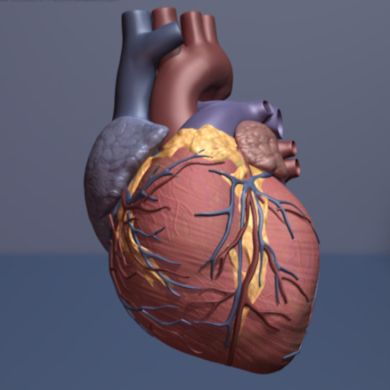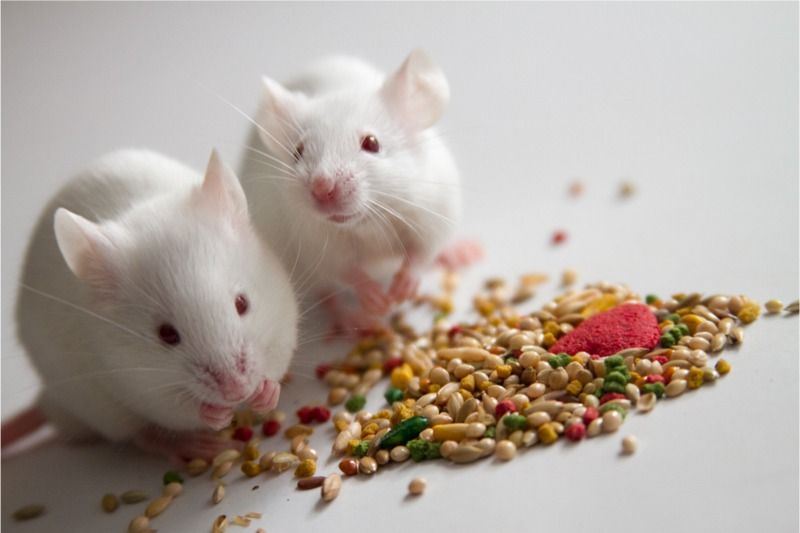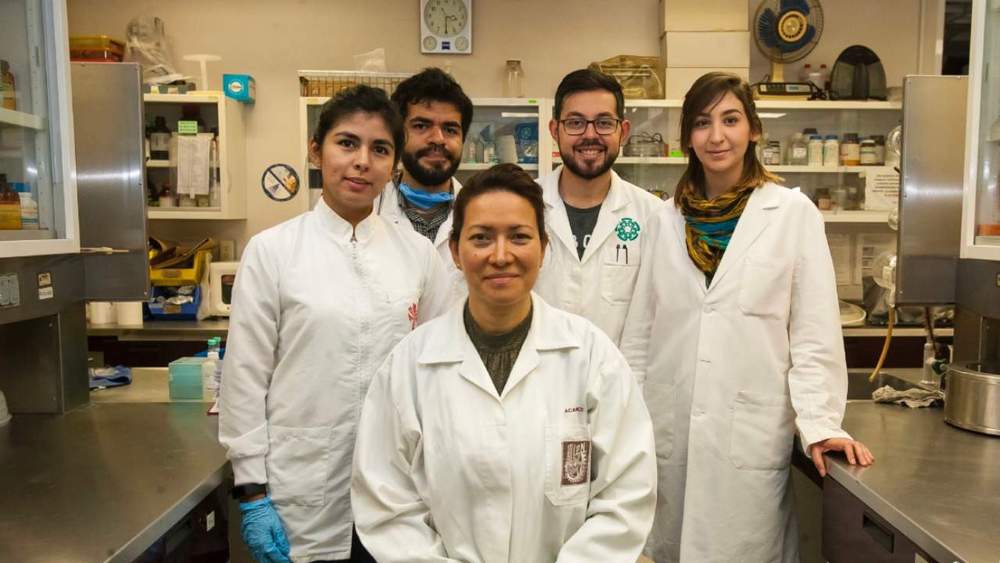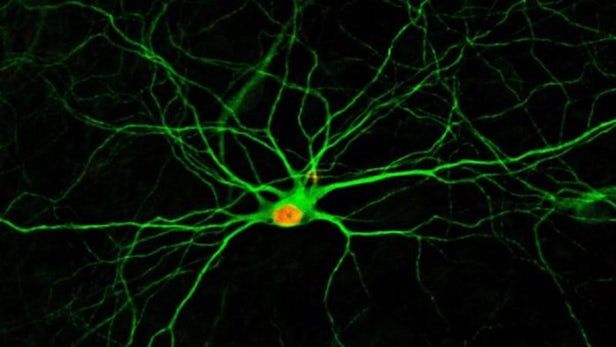Extreme cold can be our friend in other ways too!! Directed attacks on liver cancer and pancreatic cancer https://www.ncbi.nlm.nih.gov/pmc/articles/PMC4716077/
Pancreatic carcinoma is a common cancer of the digestive system with a poor prognosis. It is characterized by insidious onset, rapid progression, a high degree of malignancy and early metastasis. At present, radical surgery is considered the only curative option for treatment, however, the majority of patients with pancreatic cancer are diagnosed too late to undergo surgery. The sensitivity of pancreatic cancer to chemotherapy or radiotherapy is also poor. As a result, there is no standard treatment for patients with advanced pancreatic cancer. Cryoablation is generally considered to be an effective palliative treatment for pancreatic cancer. It has the advantages of minimal invasion and improved targeting, and is potentially safe with less pain to the patients. It is especially suitable in patients with unresectable pancreatic cancer. However, our initial findings suggest that cryotherapy combined with 125-iodine seed implantation, immunotherapy or various other treatments for advanced pancreatic cancer can improve survival in patients with unresectable or metastatic pancreatic cancer. Although these findings require further in-depth study, the initial results are encouraging. This paper reviews the safety and efficacy of cryoablation, including combined approaches, in the treatment of pancreatic cancer.
Keywords: Pancreatic cancer, Cryoablation, Combination therapy, Cryoimmunotherapy.
Core tip: Pancreatic carcinoma is a devastating cancer of the digestive system. The majority of patients present too late to undergo radical surgery and there is no standard treatment for patients with advanced pancreatic cancer. Cryoablation is considered a palliative therapy in the treatment of pancreatic cancer; however, our results suggest that cryoablation may be an effective and safe treatment that can improve survival and quality of life in patients with unresectable or metastatic pancreatic cancer, particularly in combination with other modalities such as 125-iodine seed implantation and immunotherapy. As such, cryoablation may be a potential standard treatment for pancreatic cancer.








